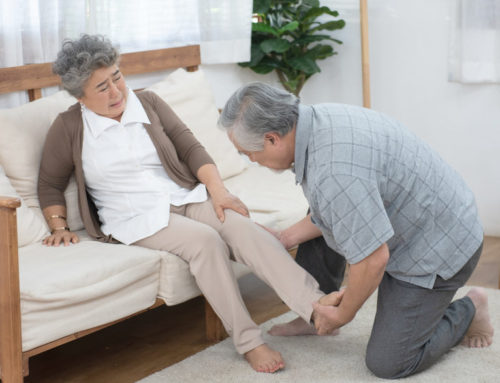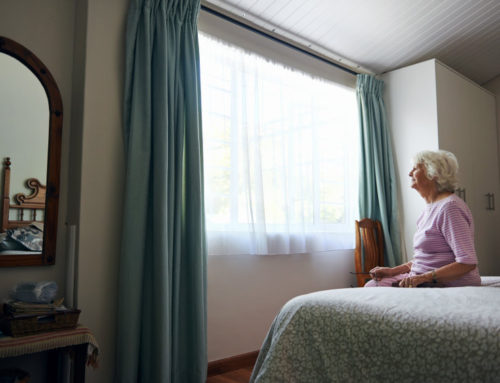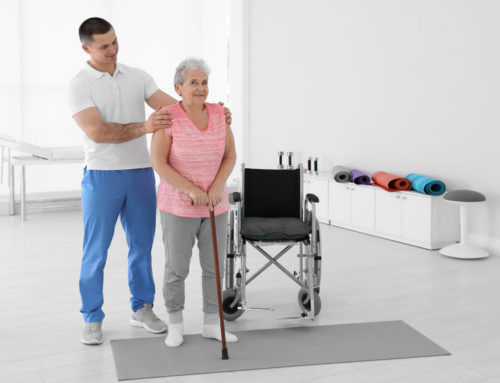Share This Story!
Transitioning From Home To An Assisted Living Facility
The decision to move a loved one from home to an assisted living facility is a difficult situation for all parties involved. For people that are independent and used to living alone, moving to a facility with others is very uncomfortable. Before moving a loved one to a nursing care facility, have a conversation. Family members may even consider scheduling a conversation with a healthcare provider. The discussion will help the person understand the move to a nursing home and that the family will still be available for emotional and mental support.
Establish a care plan
Usually, facilities create different care plans for patients based on health conditions. Some patients require round-the-clock care, while others receive more essential help. Discuss the person’s care plan with the doctor and facility members. That way the patient will understand the level of care needed.
Making the move gradual
Depending on the person’s move-in date, try to move a few items at a time from the home to the assisted care facility. Hopefully, this method keeps the person from feeling overwhelmed from the move. Try taking small items like toothbrushes, pictures, and clothes to the facility before the big move.
Do a walk-through of the facility
Speak to the facility director and the people that will be providing daily care for the person. Ask the facility personnel about the property and do a walk-through. Try to learn the layout of the property and where the outdoor space is located, where entrances and exits are, identify bathrooms, and other essential places. If possible, invite the loved one to the walk-through. This will help the person get acquainted with the new living arrangement. The personnel will also be able to let the patient know about facility policies.
Make a moving list
Most facilities are already stocked with bedroom and kitchen furniture. Patients do not have to bring beds, desks, chairs, or even TVs. However, some patients have a difficult time parting with belongings and some facilities allow these patients to bring a few furniture items like a rocking chair for extra comfort. Identifying what furniture will be going with the family member and what will be staying can be helpful in creating a smooth transition.
Touring a skilled nursing facility
Moving a loved one into a skilled nursing facility can be a necessary but challenging step. Families can help make the move easier by creating a plan ahead of time. For additional questions or advice on making the move to a nursing home, contact a healthcare provider.





